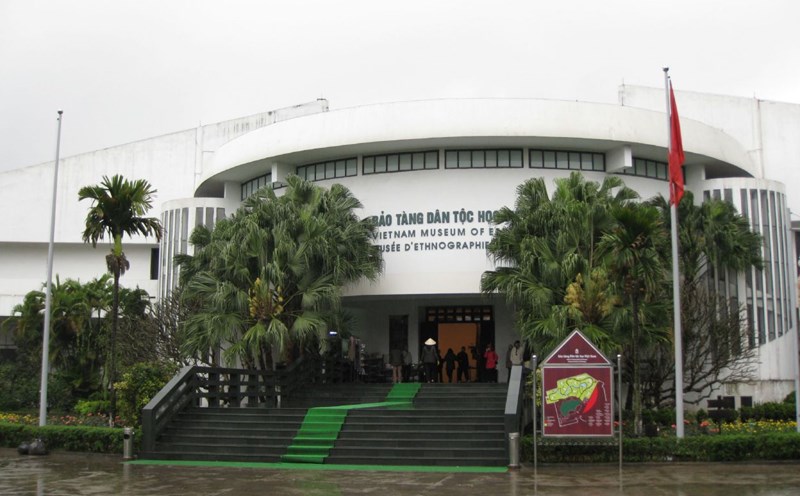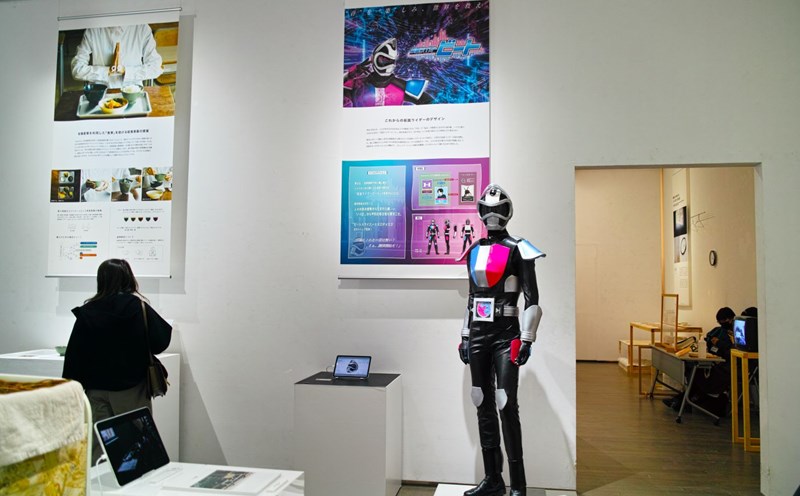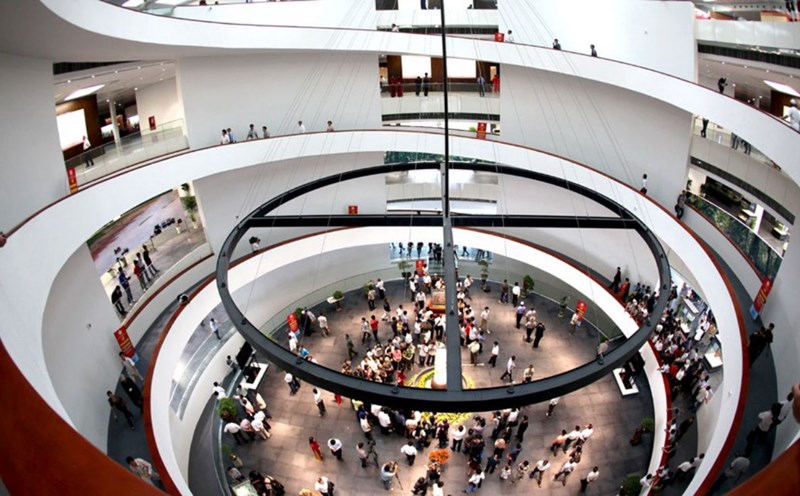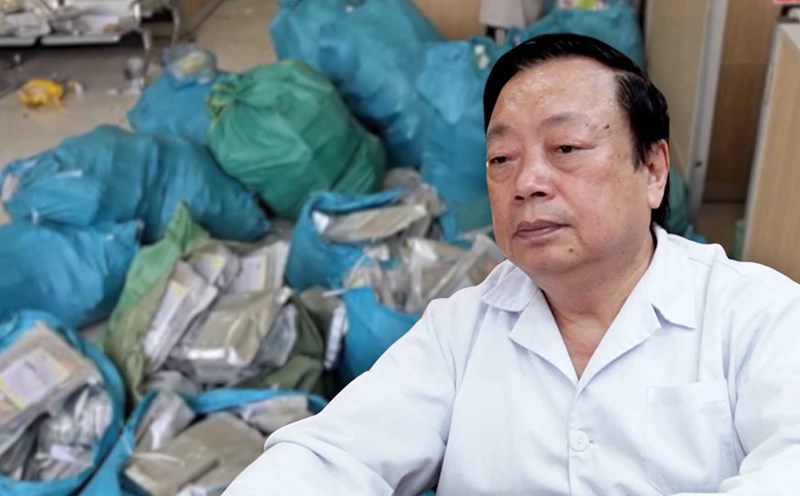Surprisingly, in some remote villages, there are no schools or hospitals, but there are museums.
Iceland is an island nation with a population of only 390,000 but has a network of 266 museums. In the capital city of Reykjavik, there are dozens of different history, art and culture museums. Most of the remaining museums are scattered throughout the country. Some remote villages have museums, but they don’t have schools or hospitals.
“If you visit enough museums, you will find something you are looking for,” said Assistant Professor Gudrun Whitehead, lecturer in the Department of Museum Studies at the University of Iceland, adding: “There are so many museums. One of them will be for you.”
Historical, cultural and artistic treasures
Museums in Iceland vary greatly in size, from two-story buildings to wooden huts, and cover a wide range of topics in history, culture, and art. The most notable is the Perlan Museum in
Reykjavik, where visitors can get lost in the natural world of Iceland, touch the magical ice, explore glaciers, volcanoes and ice caves through vivid interactive experiences. Other traditional museums are equally attractive, likened to living books about art and history, maritime expeditions and textiles. Meanwhile, there are also unique and strange museums displaying artifacts of chess grandmaster Bobby Fischer, witchcraft, aurora or whales...
Most museums are located in small towns and are repositories of the history, culture and people of local communities. People began to realize the importance of preserving local identity after the 1930s, when the fishing boom drove Icelanders from farms to coastal towns, says Sigurjon Hafsteinsson, a professor at the University of Iceland. “Many people saw their lives change rapidly and things became obsolete,” he says.
People start collecting artifacts to preserve their identity while educating future generations and connecting their communities. Many museums in Iceland are built and maintained with voluntary donations from local people.
While some museums in Iceland, such as the National Museum of Iceland, the Natural History Museum of Iceland and the National Gallery, are government-funded, others are run by individuals and private companies. In 2001, the country enacted the Museums Act to raise the standards of its museums. Museums can apply for accreditation. Some 47 museums are now accredited in Iceland. Eight years later, the University of Iceland began offering a Museum Studies course, which teaches students about museum work, Professor Hafsteinsson said. Students can do internships at local museums or abroad.
Helgi Grimsson, Director of the Reykjavik Department of Education and Youth, revealed that students make up a significant proportion of museum visitors and most schools organize student groups to visit the museum several times a year.
“Your lessons will come alive. If you are studying art and you go to a museum to study art in real life rather than through a picture in a book, some slides or a video, you can actively dig deeper and that helps you grasp the subject more fully.”

Innovate to attract
Dorothee Kirsch, the museum's director of marketing and development, said modern themes such as climate change, gender equality and isolationism have been incorporated into exhibition themes at the National Gallery.
Museums in major cities are often listed in local tourist guides or maps, making them well-known and visited by many tourists. A survey by the Icelandic Tourist Board found that 34% of tourists visited museums in Iceland in 2023.
French tourist couple Pascale Aliprandi and Thibaut Marchand, both aged 46, shared that they found their visit to the Hafnarfjordur Museum interesting because they learned about the town's history, including the difficult times its people faced in the past.
For private museums, visitor revenue is crucial and they regularly host innovative exhibitions. Thordur Thordarson, curator of the Icelandic Phallological Museum, says 99% of their visitors are foreigners.
French tourist Neyer Delphine, 52, said museums in Iceland offer more interactive and immersive experiences than those in her home country. She took her two children to several museums, including those on sea monsters, whales, magic and witchcraft.
Thora Olafsdottir, CEO of the Icelandic Museum Council, is concerned that the mergers of Icelandic municipalities in recent decades could lead to the closure of some museums. Speaking about the importance of museums to the people, Olafsdottir asserted: “A rich cultural life is important because it makes life more meaningful.”
According to him, our lives are not just limited to the cycle of working from morning to evening, trying to earn money, having a roof over our heads, but "life also needs to be colored a little more".











